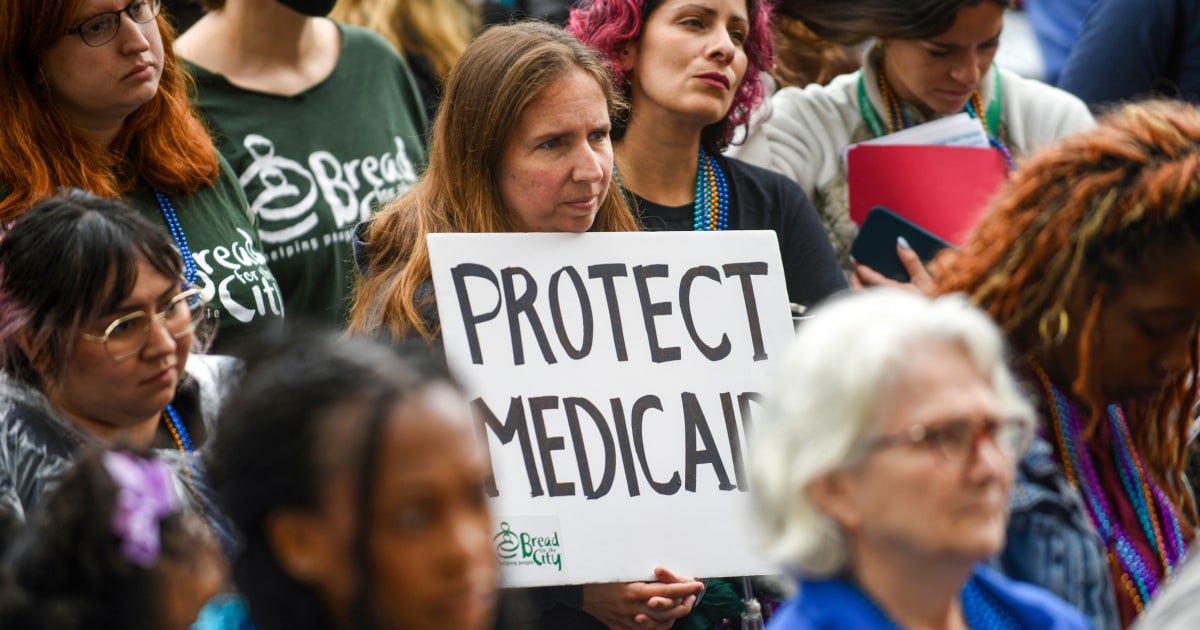
Rural hospitals across the U.S. say they’re being forced to consider tough choices — like cutting services for children or cancer patients — after President Donald Trump signed into law a sprawling domestic policy bill that includes sweeping cuts to not only Medicaid but the Affordable Care Act, as well.
Benjamin Anderson, CEO of Hutchinson Regional Healthcare System, oversees a 180-bed hospital that serves as the only hospital for many residents in rural South Central Kansas.
Anderson said he’s evaluating how the hospital and its broader health system will be able to afford to keep offering all of its services, which includes hospice and home care, inpatient mental health treatment, and a cardiology program.
Services that aren’t traditionally profitable — such as women’s health and pediatric care — will be the hardest to sustain, Anderson said. He added the system is trying to see which programs can be saved.
The cuts in the bill will also mean the hospital will have to continue its hiring freeze — a move that risks burning out staff members already strained from the pandemic and high patient loads.
The real test, he said, will come this fall when flu, Covid and RSV cases are expected to rise.
“What this does is put us at risk when the respiratory season hits,” Anderson said. “We’re at real risk of wearing out the staff we have right now.”
‘Painful cuts’
Rural hospitals rely heavily on Medicaid funding because they typically serve a higher share of low-income patients.
An estimate from KFF, a health policy research group, found that Trump’s legislation, dubbed the “big, beautiful bill,” could lead to about 17 million people losing coverage due to the changes in Medicaid and the ACA.
More than 300 rural hospitals in the U.S. are at risk of closing down because of the bill, Democratic lawmakers wrote in a letter last month. If more of their patients are uninsured, these hospitals risk not getting paid for their services, the letter said.
The bill includes nearly $1 trillion in cuts to Medicaid, mainly through work requirements, as well as a change to how states are able to help fund their programs known as the provider tax.
It also makes changes to the ACA, including additional paperwork requirements to renew coverage each year, and allows government subsidies that help people pay for health plans to expire at the end of this year. The Congressional Budget Office, a nonpartisan agency that provides budget and economic information to Congress, estimated that nearly 4 million people would lose their coverage in 2026 if the subsidies weren’t extended.
Edwin Park, a research professor at the Georgetown University McCourt School of Public Policy, said the changes to Medicaid pose the greatest threat to rural hospitals. Many of those changes won’t take effect until 2027 at the earliest, but Park said he doesn’t expect states and rural hospitals to wait until the last minute to prepare.
Last week, Nebraska-based Community Hospital said it’s shutting down Curtis Medical Center, a clinic in Curtis — a town of around 900 people — citing, in part, anticipated cuts from the government.
“They’re going to start making cuts now,” Park said. “So, instead of a cliff, they’re trying to cut now so that they don’t have all the painful cuts in a single year.”
Kevin Stansbury, the CEO of the Lincoln Community Hospital and Care Center, a 25-bed rural hospital in Hugo, Colorado, said he may soon have to start cutting services for patients, including long-term care.
The hospital gets about $300,000 a month in provider tax reimbursements, which Stansbury said is still only enough to break even. Losing those reimbursements will have a significant impact.
He said he’s holding early conversations with private insurers about boosting the reimbursement payments they give to rural hospitals to help offset the Medicaid and ACA losses.
“We’ll be working with other hospitals in the state and the state Medicaid agency to see what, if anything, can be done to mitigate the impact,” he added.
A fig leaf
Trump’s bill does include $50 billion for rural hospitals. Those funds will be distributed by the Centers for Medicare and Medicaid Services over five years.
Park called the federal funds a “fig leaf,” noting that it won’t be enough to offset the losses from the Medicaid and ACA cuts.
Toniann Richard, CEO of HCC Network — a community health center with six locations in Missouri — said the government funds appear to focus on infrastructure and improving efficiency at rural hospitals, rather than helping offset their financial losses. About 40% of the center’s patients are on Medicaid.
“While I think the sentiment is appreciated, it’s a little disappointing,” she said.
Richard isn’t planning any immediate changes but said rural hospitals in her state may soon face cuts or be forced to scale back specialty services — such as cardiology and oncology — that often go unreimbursed.
In recent years, several rural hospitals in eastern Missouri and the Bootheel region have shut down due to financial strain.
One of Richard’s primary focuses right now is ensuring her patients, especially those with ACA coverage, make sure they still qualify for their health insurance.
“We will be really focusing on running eligibility checks for people when they come in to help them stay in the know,” she said.
In California, both urban and rural hospitals could lose up to 30% of their revenues over the next decade, meaning many will be forced to make difficult decisions, including cutting access to services, Carmela Coyle, president and CEO of the California Hospital Association, said in an emailed statement.
It “will mean real harm to real people in communities large and small across California,” Coyle said. “These are the largest cuts to our health care system ever enacted and are far too deep for hospitals simply to ‘absorb’.”
‘Outrageous’ health care costs
Stephanie Huser, who runs a farm in Fredonia, Kansas, has five children, all of whom are on Medicaid.
Fredonia, a town of about 2,000 people, is in one of the poorest regions of the state.
Huser said that if her local provider were to shut down, she would likely have to travel to Kansas City — a 2 1/2-hour drive — to get care.
“I know it will completely impact us,” she said. “It’s not the people who aren’t working who will be affected. It’s the self-employed people, like us, on family farms, who, when we get a health insurance quote, it’s outrageous.”
Dr. Jennifer Bacani McKenney, Huser’s doctor and the owner of Fredonia Family Care, said the clinic isn’t currently considering closure or service cuts. Instead, they’re focused on helping patients complete the paperwork necessary to keep their coverage — something that affects both patients and providers.
“As family docs in a rural area, we’re also the ER docs,” she said. “Since more people will be uninsured, we’ll probably see more of them in the ER, which, of course, is bad for the hospital because they won’t be getting paid.”

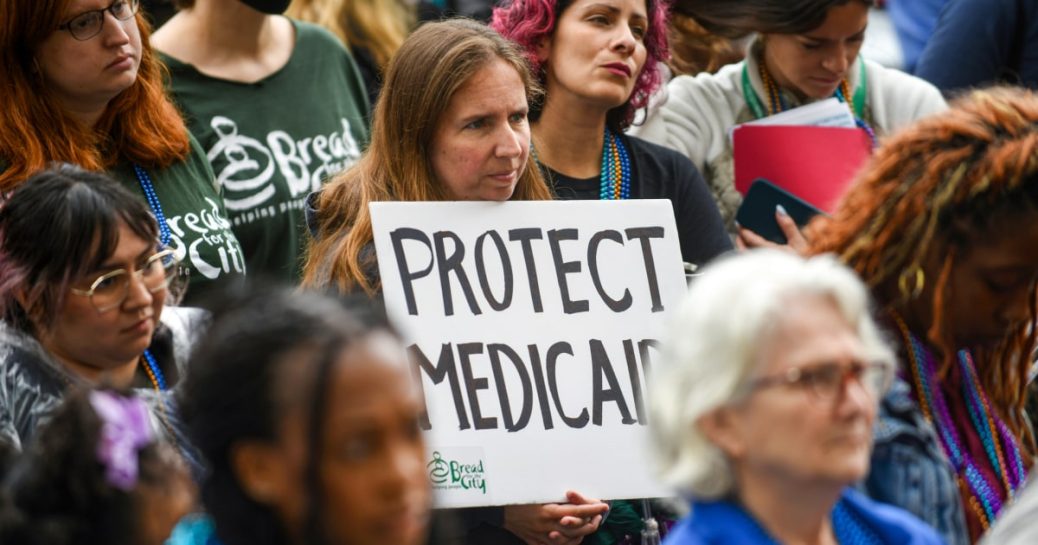
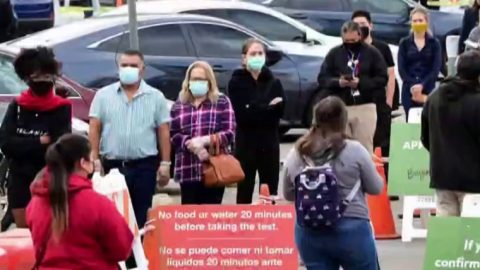
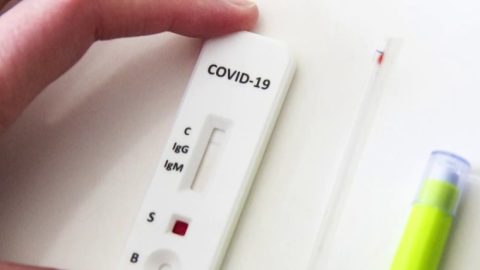


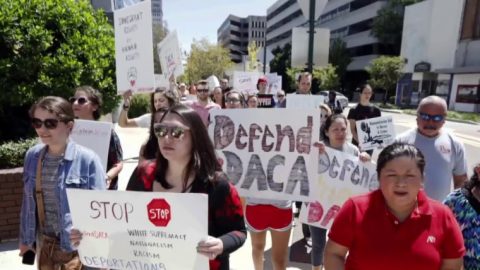
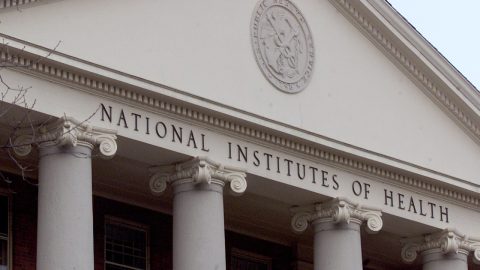

Recent Comments